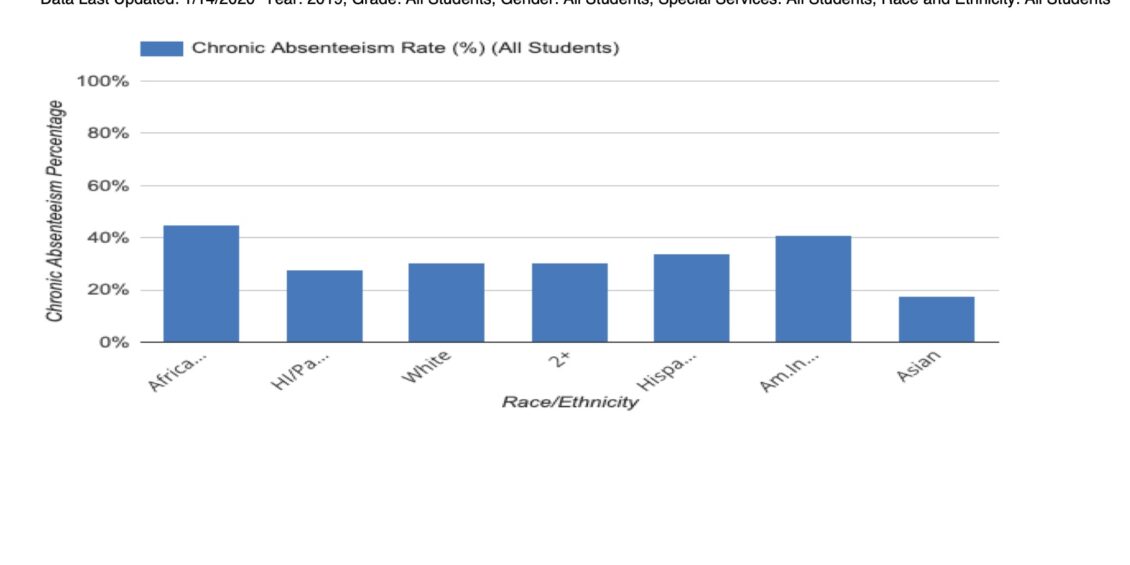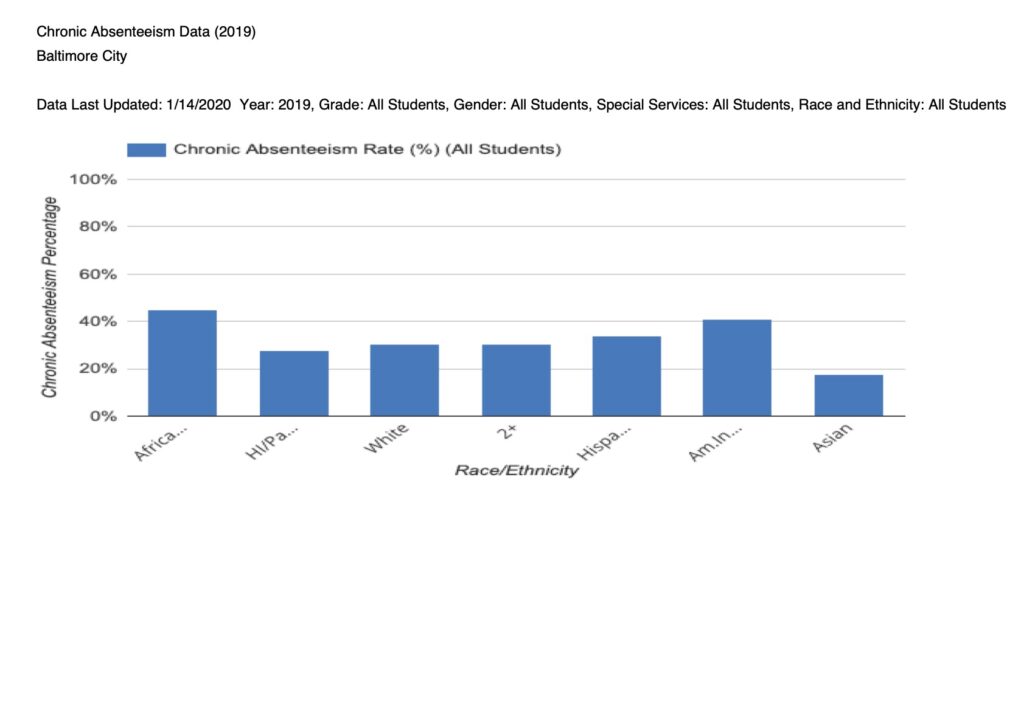
I was a foster mom to a fifteen-year old girl for a year and half. Before joining my family, my foster daughter was not really going to school.
Her attendance rate was about 50%. And, as far as I could tell, she had never had higher than a D on her report cards.
But we worked together consistently—on her classwork and building the relationships with her teachers and the school administrators.
And most importantly, I got her to school.
After a semester, her attendance increased to 90%. She got her first B’s on her report card, some C’s and a stray D, if I recall correctly.
She learned that she was smart, that she loved science, and that her teachers cared about her future.
The reality is that not every child who needs that level of engagement, gets it. But that kind of engagement is what’s needed to show children who they are and what they’re truly capable of achieving.
As your Delegate, I would of course support funding the Blueprint for Maryland’s Future, the House Bill passed to implement the recommendations of the Kirwan Commission.
But I’m also going to talk about something that not many others are—School Attendance.
For the 2018-2019 school year, before the COVID-19 crisis, at least 44% of young black boys and girls were missing nearly one month of school or more. And the rates are high across the board: 30% for white children and 33% for hispanic children.
If nearly half of the children in any subgroup are not going to school, that is a flashing red warning signal for the city. It matters for Baltimore because absenteeism is the most powerful predictor of delinquency.
So in addition to working creatively to fund the Blueprint, I’ll go further: We need a strategic vision for bringing children back into our school houses. This includes:
- For young children: Supports to ensure families with elementary school age children are getting them to school.
- For middle and high school students: individualized intervention, mentorship and much smaller class sizes for everyone.
- Amazing, compelling programming, like martial arts and horseback riding; licensure in the trades for seniors; and age-appropriate life and values classes, including problem-solving and conflict resolution.
Yes, all that is way more expensive. But there is really no shortcut around what it takes to secure Baltimore’s economic future.
The reason to invest so much in children is that doing so pays the largest dividends relative to any other age group.
The dividends go to that child as an individual, the family that child may someday have and, very importantly, to the City.
